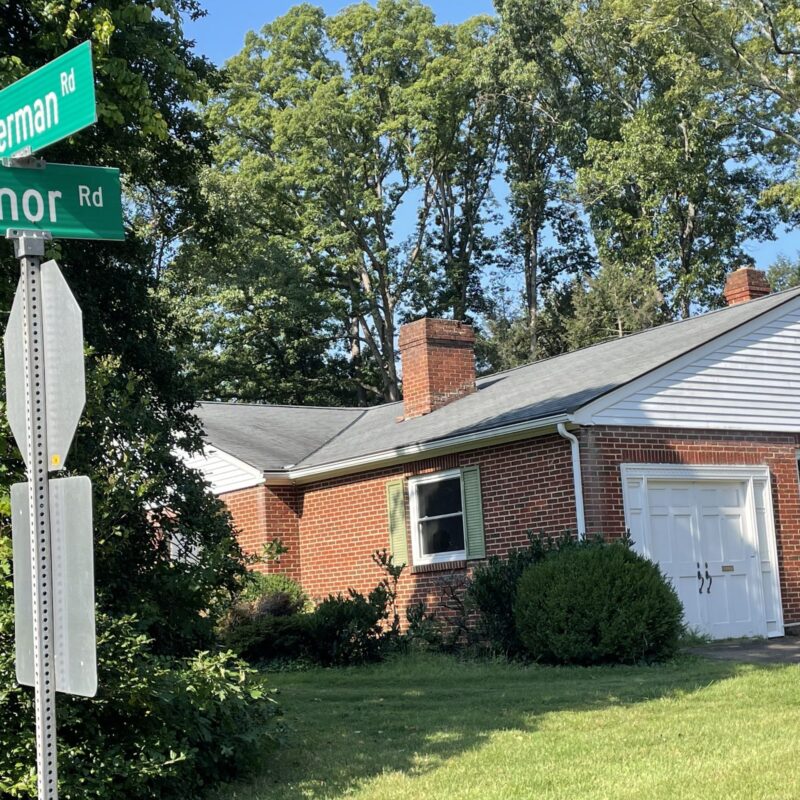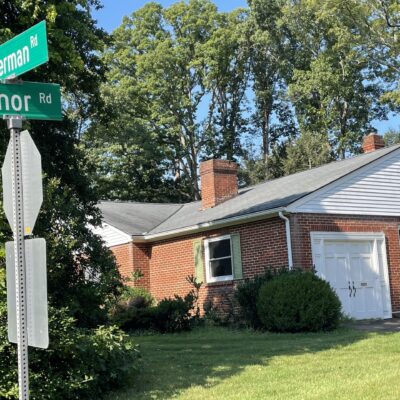Timing is everything, and that can certainly be said of Montpelier Foundation co-founder William Lewis’ new book, which traces the history and extensive renovation of the fourth U.S. president’s former home. Montpelier Transformed: A Monument to James Madison and Its Enslaved Community was published Monday, April 11, amid an ongoing controversy over a power-sharing agreement between the foundation and the Montpelier Descendants Committee.
“My hope is that as people read this, they’ll be aware that Montpelier has always been a foundation that was very interested in having descendants be key members of the board,” Lewis says.
Lewis, a retired environmental attorney, began volunteering at Montpelier in the late 1990s after he and his wife bought a nearby property in Gordonsville. His book covers Dolley Madison’s sale of the property in 1844, the Dupont era from 1901-1983, and a legal battle with Dupont heirs that ended with the sale of the property to the National Trust for Historic Preservation in 1987. A decade later, Lewis helped form the new Montpelier Foundation and negotiate the foundation’s lease of the property from the National Trust.
He describes the foundation’s work at Montpelier over the next 20 years as an “impossible dream realized.”
With millions of dollars from philanthropists, the foundation completed a $25 million renovation of the home, built a $9 million visitors center and gallery, as well as The Center for the Constitution in the first decade. It also created a new entryway to the property and renovated a former slave cabin.
The foundation’s original mission, Lewis says, was to present for historic education the life and legacy of James Madison, who is primarily known as the father of the Constitution and the architect of the Bill of Rights.
Lewis says the foundation also wanted to illuminate the less-publicized aspect of Madison’s legacy.
“He owned hundreds of slaves,” Lewis says. “Those slaves were never freed by Madison, even at his death. So the focus of the foundation has been to tell the story and educate the public on the Constitution and Bill of Rights and also present the tragedy of slavery and recreate the slave community.”
To that end, Lewis says, “the second decade was focused on educating about the tragedy of slavery and recreating the slave community that was adjacent to Madison’s home.”
For years, Montpelier has won praise for its unflinching depictions of the lives of enslaved workers who built and operated the presidential estate. That reputation has been marred in recent weeks after the foundation board reversed a decision to achieve “structural parity” with the Montpelier Descendants Committee. The foundation’s late-March vote revoking the MDC’s sole right to recommend descendants to the board sparked national news coverage and criticism from the National Trust and other organizations.
Lewis says he has not been involved with the foundation board’s recent decisions, and has been pained to see the conflict.
“I’d worked for a long time to try to build a relationship with descendants,” he says. “The idea there would be additional descendants [on the board] seemed a wonderful thing.”
Lewis believes any descendant should be eligible to serve on the board. He hopes his book will contribute to the conversations about Montpelier’s place in history and that the foundation and the MDC will resolve their dispute.
“I hope it will result in more representation for descendants on the board,” he says, “and there’s no reason why that won’t be true.”
Courteney Stuart is the host of “Charlottesville Right Now” on WINA.






